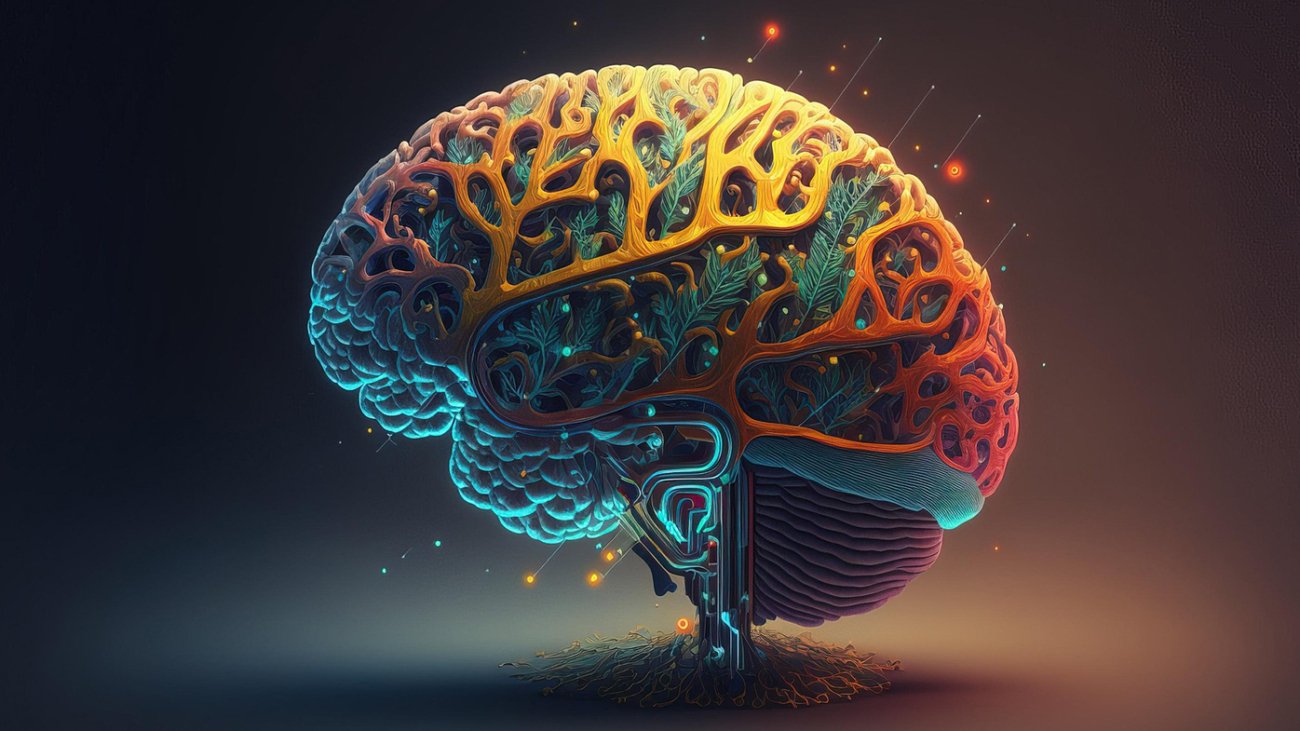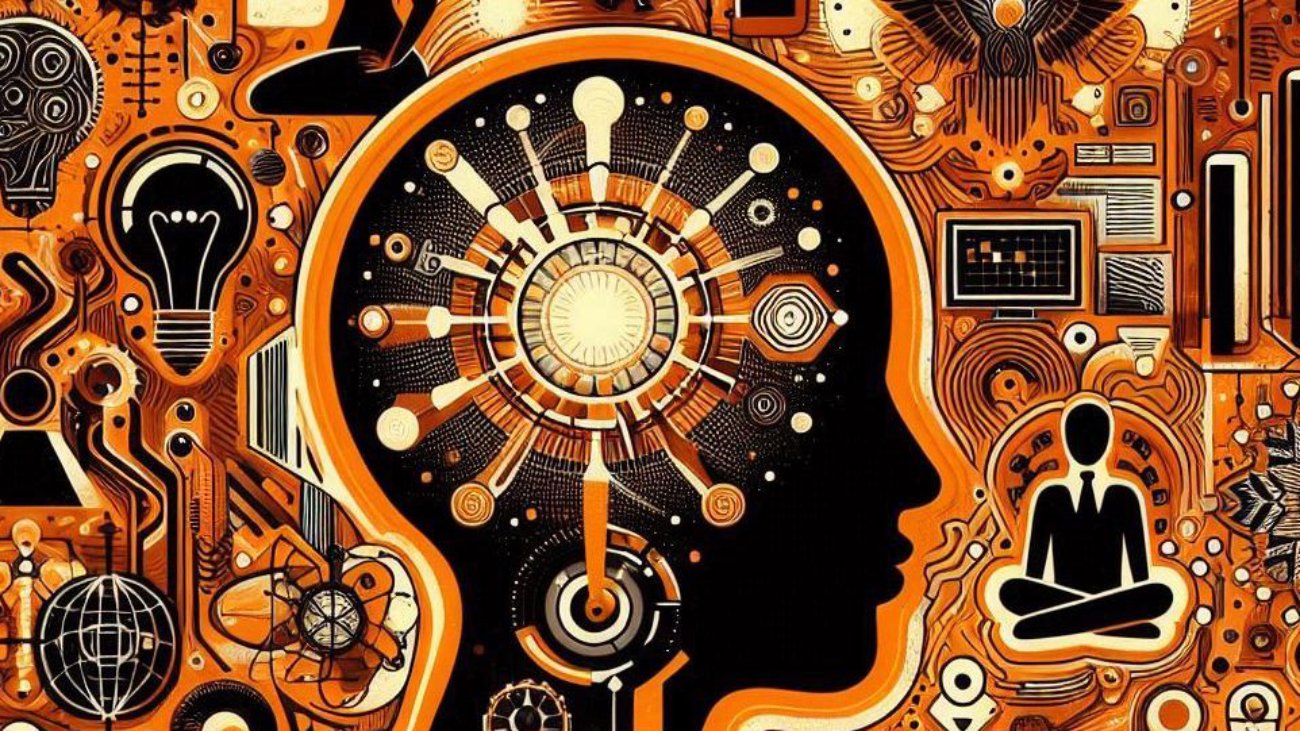Philanthropy in Africa has long been a deeply rooted cultural practice, manifested in communal responsibility, kinship support, and the ethos of Ubuntu—”I am because we are.” In villages and towns alike, helping one another is not viewed as charity but as an essential social contract. As digital technologies spread across the continent, a new horizon for giving emerges—one that can amplify these traditions and reshape them for the 21st century.
In pre-digital Africa, acts of generosity happened face-to-face: a neighbour shared food, a family contributed to school fees, or a community rallied around a bereaved family. Today, smartphones, mobile money, and social media have become the new village square where generosity is expressed. Platforms like eGiver enable individuals and communities to mobilise support in real time. These platforms are also disrupting traditional hierarchies of giving, where philanthropy was often reserved for wealthy elites or foreign donors. Today, anyone with a mobile phone can contribute towards a need or even start their own fund drive. In this way, communities are also empowered to set their priorities and actualise them without external validation, extending the idea of self-determination.
As digital giving continues to grow, we are equally experiencing dilemmas. Questions of transparency, accountability, and ethics are big realities. Who ensures the money goes where it should? How do we preserve the moral weight of giving when it is mediated through screens? As creators of technology, we are called to not only facilitate transactions but also foster trust. Transparency, community feedback, and open reporting will be critical in preserving the integrity of African philanthropy in the digital age.










